-
Out of stock
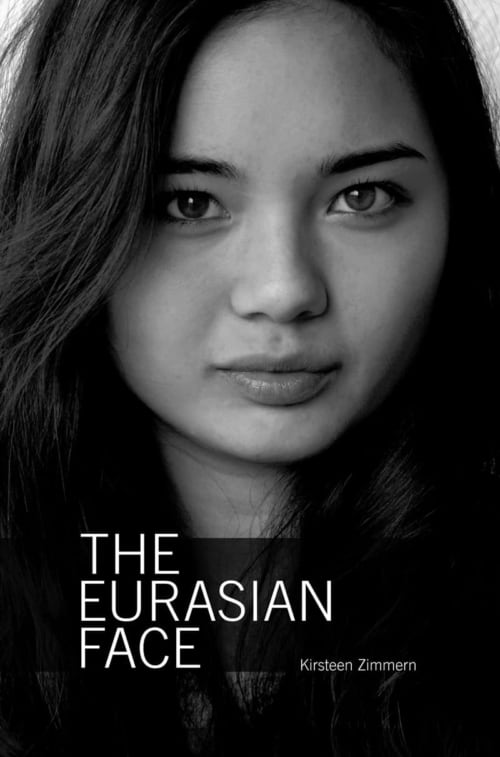 No one represents diversity better than Eurasians – those individuals with a mix of Caucasian and Asian heritage. Once a source of shame, the Eurasian face has become the face that sells. It is the face with which everyone can identify. In an ever-shrinking world, the search is on for a one-size-fits-all global image. Eurasians have become the world’s poster boys and girls, much sought after as actors and models. Taking advantage of increasingly tolerant times and the growing commercial and cultural exchanges between East and West, Eurasians have gained prominence as entrepreneurs, professionals and athletes. This book of interviews and black-and-white portraits reveals how seventy Eurasians of diverse backgrounds see their place in the world today. Kirsteen Zimmern is a photographer of Chinese and Scottish ancestry. She has always been fascinated by the tell-tale signs of East and West in the faces of fellow Eurasians, and has found this fascination to be widespread: few days go by without strangers examining her appearance to discern her ethnicity. She lives in Hong Kong. Look inside this book Click on the below link to view sample pages from The Eurasian Face. You will need a pdf reader to view this excerpt. Pages 48-59
No one represents diversity better than Eurasians – those individuals with a mix of Caucasian and Asian heritage. Once a source of shame, the Eurasian face has become the face that sells. It is the face with which everyone can identify. In an ever-shrinking world, the search is on for a one-size-fits-all global image. Eurasians have become the world’s poster boys and girls, much sought after as actors and models. Taking advantage of increasingly tolerant times and the growing commercial and cultural exchanges between East and West, Eurasians have gained prominence as entrepreneurs, professionals and athletes. This book of interviews and black-and-white portraits reveals how seventy Eurasians of diverse backgrounds see their place in the world today. Kirsteen Zimmern is a photographer of Chinese and Scottish ancestry. She has always been fascinated by the tell-tale signs of East and West in the faces of fellow Eurasians, and has found this fascination to be widespread: few days go by without strangers examining her appearance to discern her ethnicity. She lives in Hong Kong. Look inside this book Click on the below link to view sample pages from The Eurasian Face. You will need a pdf reader to view this excerpt. Pages 48-59 -
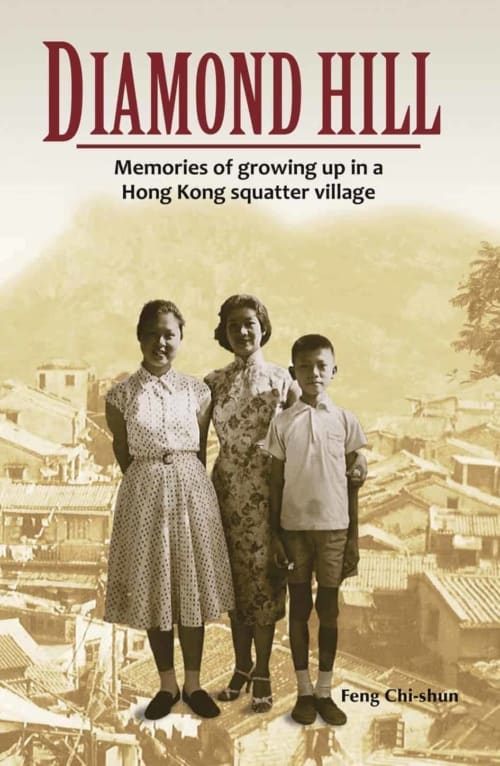
"Diamond Hill was one of the poorest and most backward of villages in Hong Kong at a time when Hong Kong itself was poor and backward. We moved there in 1956 when I was almost 10. I left when I was 19. Those were the formative years of my life. It’s a time that I remember well and cherish.”
This memoir of a native son of a Kowloon-side squatter village – the first book ever on Diamond Hill, in either Chinese or English – presents the early days of a life shaped by a now-extinct community. Penned by a high-achieving Hong Kong professional, Feng Chi-shun’s sharp recollections of his humble upbringing contain warmth, humour, and an abundance of insights into a low-income Hong Kong neighbourhood that no longer exists – but remains close to the hearts of many who lived there.
Diamond Hill will invite comparisons with Martin Booth's Gweilo. If you enjoyed the latter, you will likely find the former similarly absorbing, because the young Feng was, for many a “gweilo”, the inaccessible yet intriguing face of an altogether edgier Hong Kong.
Look inside this book
Click on the following link to view sample pages from Diamond Hill. You will need a pdf reader to view this excerpt. -
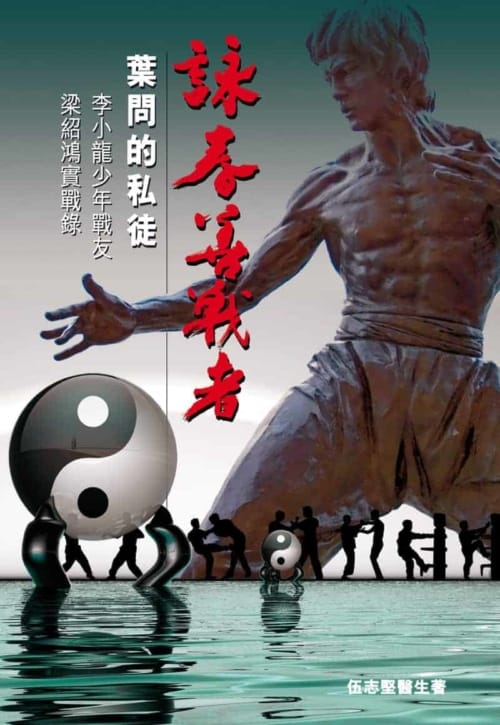
(Go to English edition)
梁紹鴻,Duncan Leung,詠春善戰者。由兒時好友、已故電影巨星李小龍介紹去學詠春功夫。1955年,年僅十三歲的他以「三跪九叩」之禮,拜詠春第六長門代葉問為師,成為葉問的「第一私家門徒」。
1955至1959這四年間,葉問親自上門,悉心教導梁紹鴻,傾囊相授,跟他練習,還傳授「實踐」詠春的秘訣。梁紹鴻天天練武、練功六小時;要學以致用,他就上街打架、上武館「講手」,實踐所學。他對中國武術各門各派的打鬥經驗可謂獨一無二。
1964年,一次行俠仗義令梁紹鴻有緣遇上一位老人。那老人教他「空手入白刃」、「貼身搏擊」、「無聲殺敵」等技巧。
1974至1976年,梁紹鴻在美國紐約設館授徒。中、外習武者上館挑戰可謂無日無之,他未嘗敗北,因此應付外國武藝的經驗也相當豐富,可謂世上絕無僅有。
1976至2002年間,梁紹鴻在美國弗吉利亞灘 (Virginia Beach)定居,受聘於美國海軍海豹隊(U.S. Navy Seals)、美國聯邦調查局( FBI )及美國特警部隊 (SWAT)。
2002年8月,梁紹鴻接受可能是他有生以來最大的挑戰:要在兩年內,培養六名中國少年成為世界級職業「散打」拳手。於是,他到了中國去完成這能人所不能的使命。
-
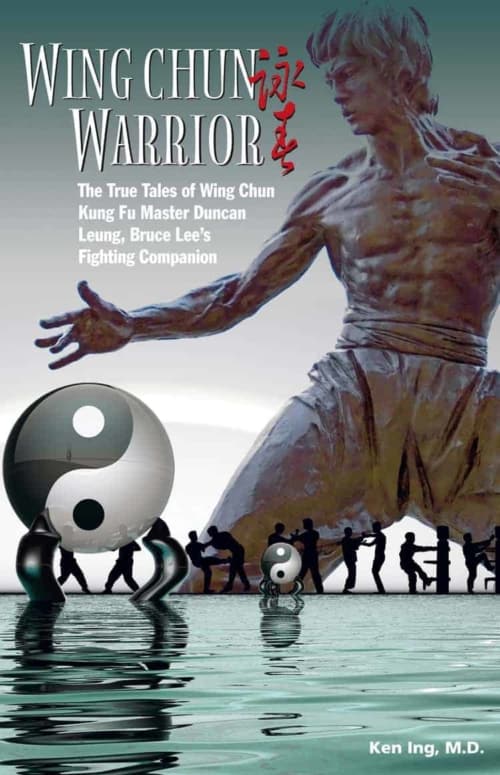
(Go to Chinese edition)
Duncan Leung was introduced to Wing Chun Kung Fu by his childhood friend, famed screen star Bruce Lee. At the age of 13, after the ritual of ‘three kneels, nine kowtows’ in the traditional Sifu worship ceremony, he became the formal disciple of sixth-generation Wing Chun master Yip Man. Between 1955 and 1959 he studied with his Sifu at home, where Yip taught him how to apply Wing Chun to actual fighting. Leung trained six hours a day, seven days a week for four years, and used this knowledge fighting in the streets and martial arts studios of Hong Kong.
In 1964 Leung befriended an old man who taught him rare secrets of close fighting, including the art of disarming a knife-wielding opponent, and silencing an opponent barehanded. When he opened his Wing Chun studio in New York City in 1974, he was challenged by martial art practitioners of every school but remained undefeated. Since moving to Virginia Beach in 1976, he has taught US Navy SEALs, members of the FBI, and various SWAT teams.
In 2002 he accepted perhaps the greatest challenge of his life: to train six Chinese teenagers to become world-class professional fighters within two years. To this end, he returned to China to accomplish what many considered an impossible mission.
Look inside this book
Click on the following links to view sample pages from Wing Chun Warrior. You will need a pdf reader to view these excerpts. -
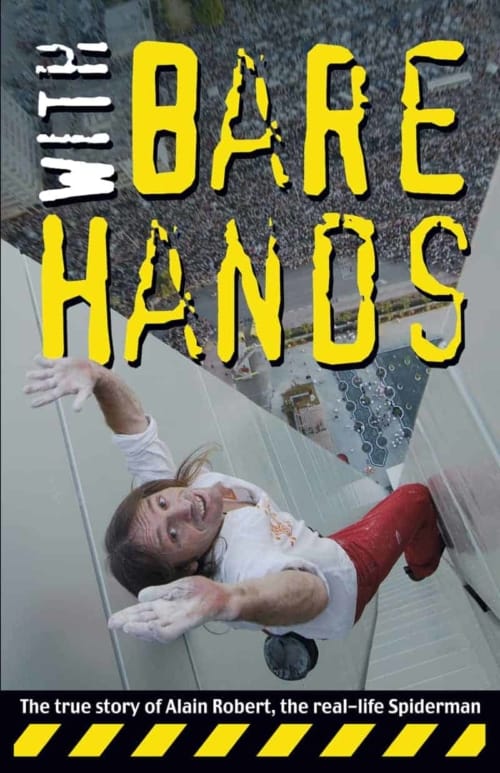
Overcoming vertigo — and countless injuries which have left him officially disabled — the 'Human Spider' has scaled nearly 100 skyscrapers worldwide: from the Petronas Towers in Malaysia to Taipei 101, from Chicago's Sears Tower to the Golden Gate Bridge. Reward and punishment have been received in equal measure — the flamboyant Frenchman has gained international fame and raised thousands of dollars for charity, but has also been arrested, beaten and prosecuted.
Many people ask whether it is madness to undertake such perilous ascents without the use of safety equipment. But in Alain's view, it is madness not to follow your dreams! This is the inspiring story of a man who has conquered fear and exceeded his own limits: the world's greatest urban climber.
"For Robert, tall buildings are his mountains. He eulogises the views from their summits and (police permitting) revels in the freedom." — The Guardian
Look inside this book
Click on the links below to view sample pages from With Bare Hands. You will need a pdf reader to view these excerpts. -
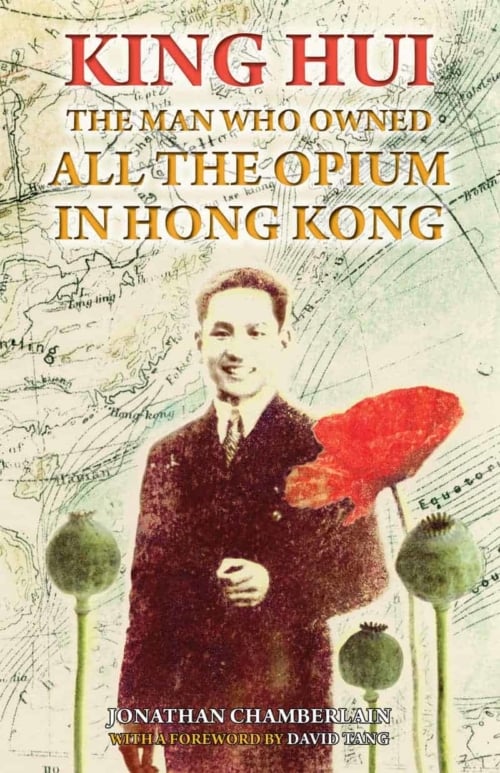
with a foreword by Sir David Tang
From the start of the Korean war to the end of the Vietnam war, Hong Kong was a major R&R centre for soldiers and sailors. And there were thousands of local people who made their money making sure these visitors had a good time and got the suits and the girls they wanted. In fact they didn’t just wait for their customers to arrive – they sailed out in a flotilla of small boats to greet the ships as they entered the harbour. And then, when the ships had anchored, they shimmied up the anchor chain to be the first to get the orders for shirts and trousers. These were the tailor shop order men. Peter Hui was one of them.
But who was Peter? What was his story?
Well, before he took to being a tailor he had been a famous kung fu fighter; a rich playboy, a frequenter of the pleasure houses of Macau; a gambler (he had run three gambling joints in Canton when the Communists walked in); the brains behind a gang of armed robbers (he alone escaped arrest when their third robbery went wrong); an associate of triads – and, before all that, he had been the owner of the biggest string of Mongolian ponies at the Hong Kong Jockey Club – that was during the war years when he was a leading collaborator of the Japanese. He had once, for a very short time, owned all the opium in Hong Kong!
Later, after his tailoring days had gone flat, he was paid by a CIA officer to report on events in China. This was during the tumultuous years of the Cultural Revolution, when Red Guard factions fought amongst each other.
Some periods in history are best illuminated by the stories of men and women who lived through them. This is one of those stories. As we follow Peter’s life – his ups, his downs – we see in sharp focus what it was like to be a Chinese man in the British colony of Hong Kong through most of the years of the 20th century. This is the true, bizarre story of a man who knew everybody and saw everything. He wasn’t a wicked man. He was just trying to get by, like everyone else. This is his truly fascinating story.
And yet this book is not just one man’s story. It is the story of a time and place – colonial Hong Kong, Portuguese Macau and the south China hinterland between Hong Kong and Canton – seen from the unique point of view of a man who was at home at all levels of society. There are, for example, no other published accounts of the Japanese occupation of Hong Kong as seen from the non-combatant Chinese perspective.
The World of Suzie Wong was a best-selling novel in the 1960s – and this story is its background. If Suzie had been a real girl, Peter would have known her.
Look inside this book
Click on the following link to view sample pages from King Hui. You will need a pdf reader to view this excerpt.